
Find Help
More Items From Ergsy search
-

What are the risk factors for thrombosis?
Relevance: 100%
-

Who is at higher risk for thrombosis?
Relevance: 78%
-

What is thrombosis?
Relevance: 67%
-
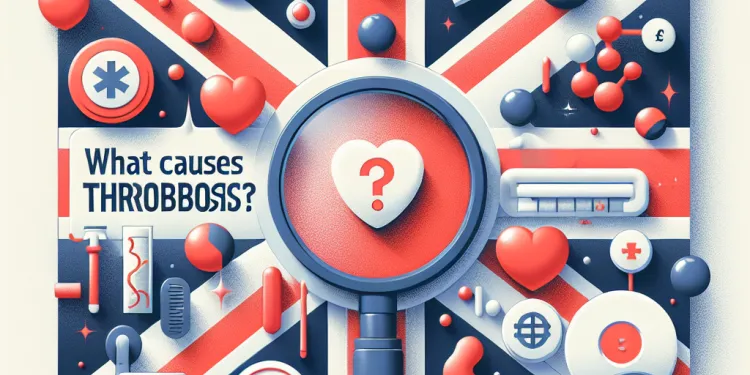
What causes thrombosis?
Relevance: 65%
-
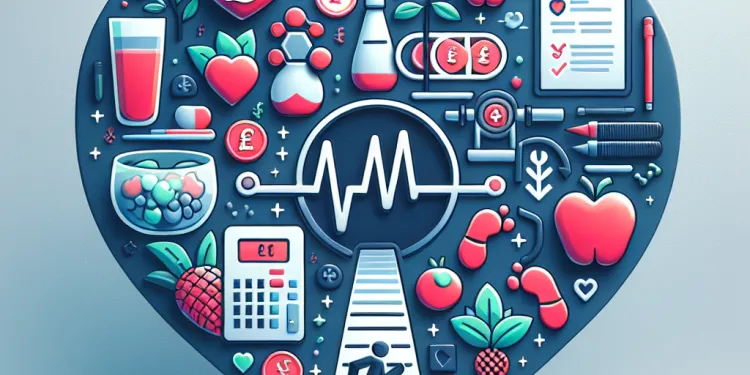
What lifestyle changes can help manage thrombosis risk?
Relevance: 65%
-
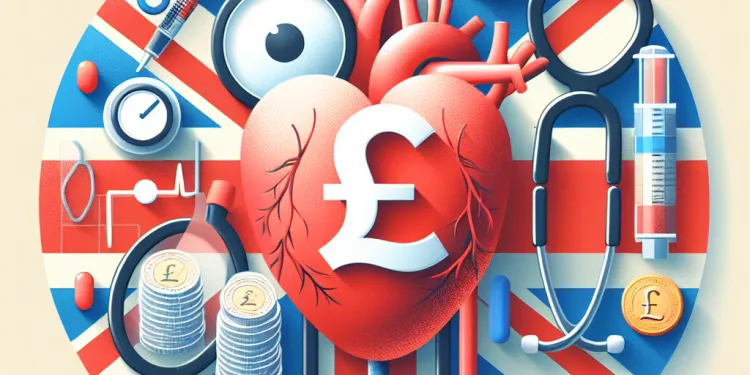
What are the types of thrombosis?
Relevance: 64%
-

How is thrombosis diagnosed?
Relevance: 61%
-

What are the symptoms of arterial thrombosis?
Relevance: 59%
-
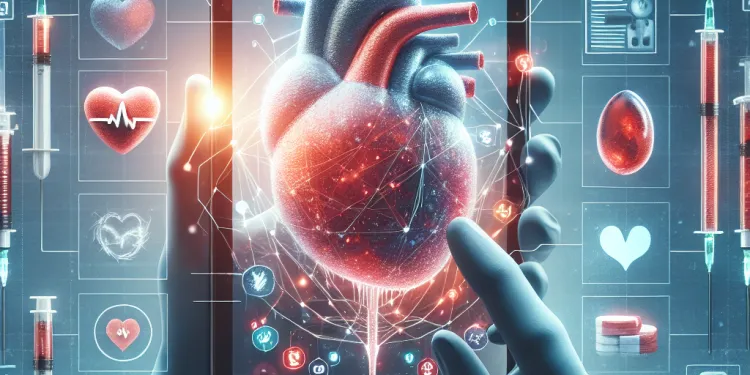
How is thrombosis treated?
Relevance: 57%
-
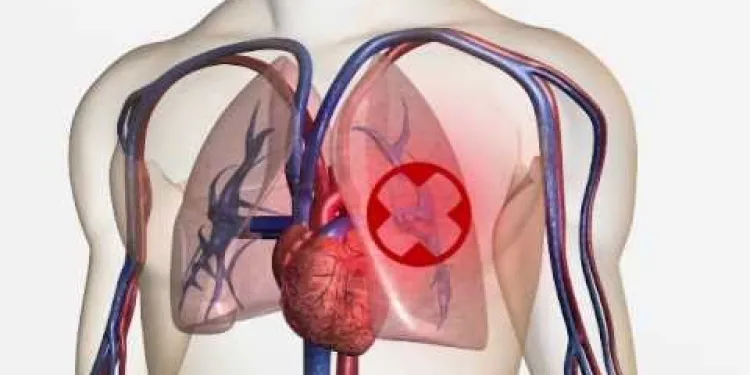
A guide to hospital-acquired deep vein thrombosis and pulmonary embolism
Relevance: 48%
-
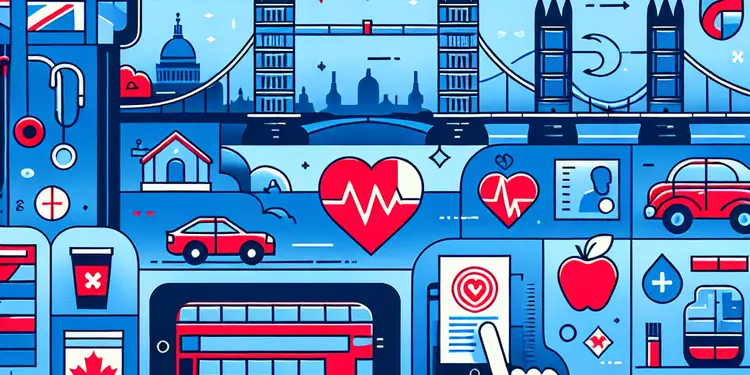
What are the risk factors for a heart attack?
Relevance: 46%
-
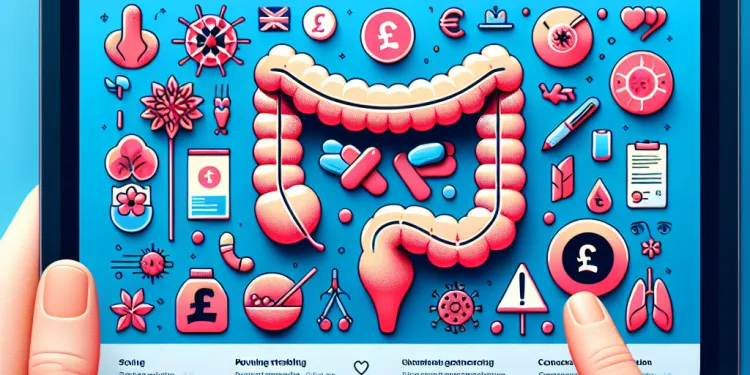
What are the risk factors for bowel cancer?
Relevance: 45%
-

What are the symptoms of deep vein thrombosis (DVT)?
Relevance: 44%
-

Is thrombosis a common condition?
Relevance: 44%
-

Why is thrombosis dangerous?
Relevance: 44%
-
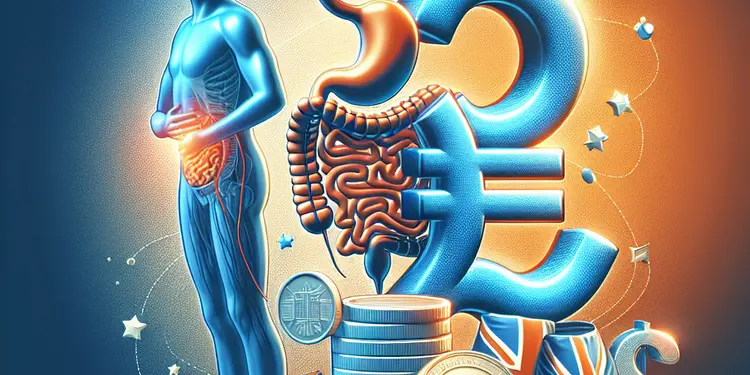
What factors increase my risk of colorectal cancer?
Relevance: 42%
-

What are risk factors for developing sleep apnea?
Relevance: 42%
-
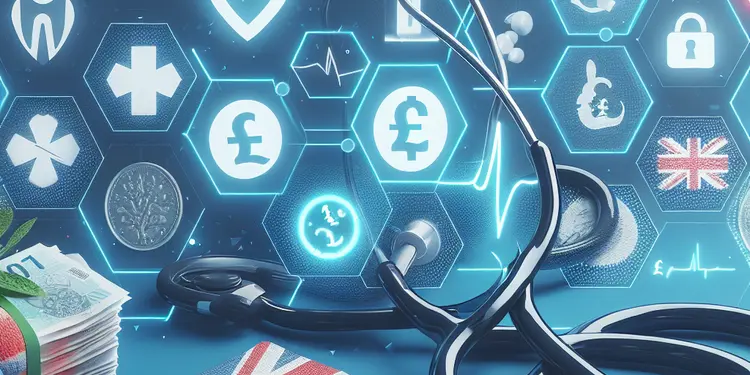
Are there any risk factors that increase the need for cancer screening?
Relevance: 41%
-
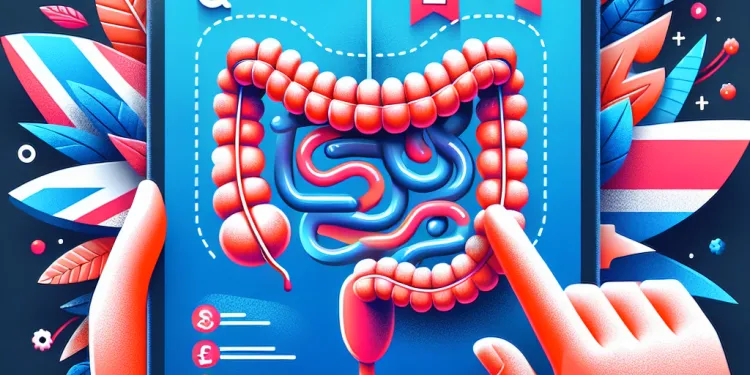
Are there any risk factors for appendicitis?
Relevance: 36%
-

Is Your Morning Coffee a Risk Factor for High Blood Pressure?
Relevance: 34%
-

Who is at risk of developing shingles?
Relevance: 27%
-

Are there cultural factors in binge drinking?
Relevance: 27%
-

Are there any societal factors that contribute to obesity?
Relevance: 27%
-

Who is at risk for developing BPH?
Relevance: 27%
-
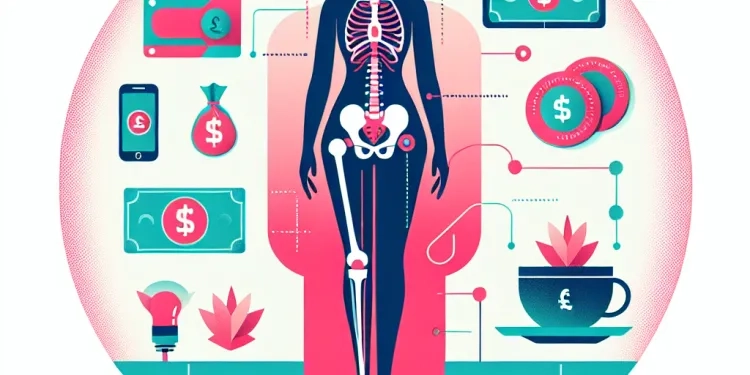
What are the risks associated with hip replacement surgery?
Relevance: 27%
-

Who is at risk for testicular cancer?
Relevance: 27%
-

Who is at risk of developing eczema?
Relevance: 26%
-

Who is at risk of developing Alzheimer's disease?
Relevance: 25%
-

Who is at risk of developing chronic fatigue syndrome?
Relevance: 25%
-

Factors that trigger eczema in your child
Relevance: 25%
-
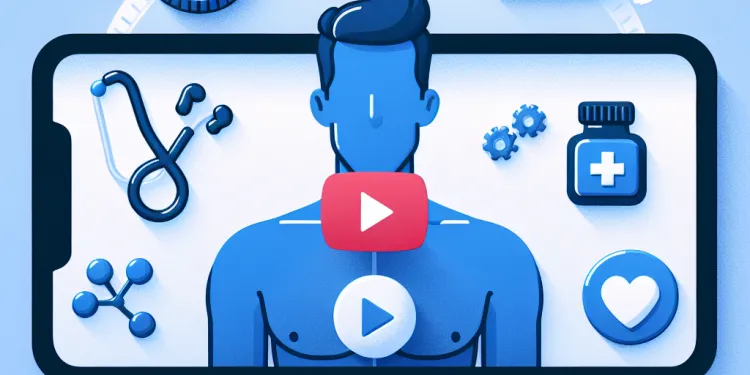
Am I more at risk of prostate cancer?
Relevance: 24%
-
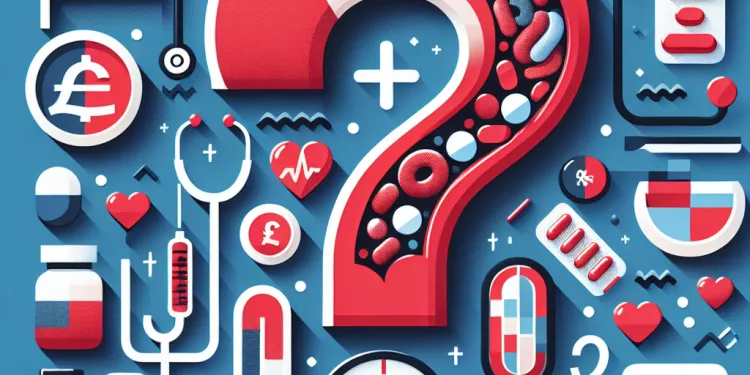
Can thrombosis be prevented?
Relevance: 24%
-

Can thrombosis recur?
Relevance: 24%
-

Are there any risks associated with facelifts?
Relevance: 24%
-
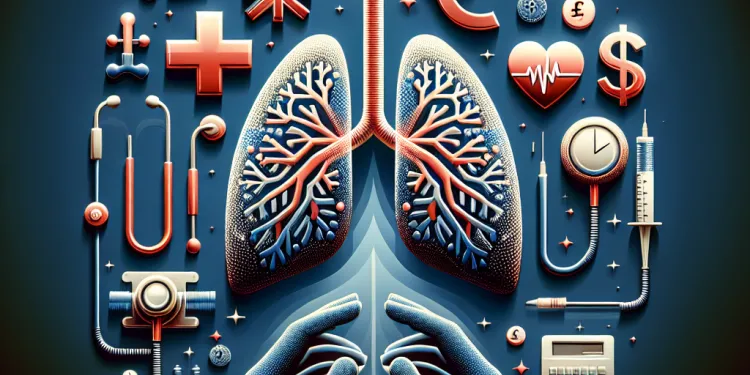
What is a pulmonary embolism?
Relevance: 24%
-

Are there any risks associated with mammograms?
Relevance: 24%
-

What factors can influence cortisol levels?
Relevance: 24%
-

Is there any risk of hypoglycemia with Mounjaro?
Relevance: 24%
-
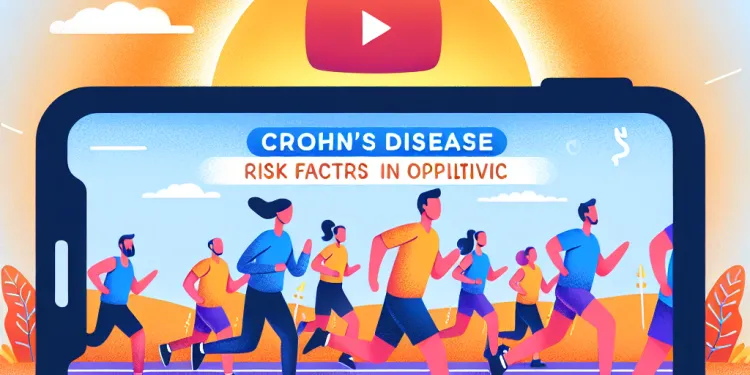
Who is at risk of developing Crohn's disease?
Relevance: 23%
-

What factors determine the treatment plan for prostate cancer?
Relevance: 23%
What is Thrombosis?
Thrombosis is a medical condition where a blood clot forms in a blood vessel, potentially blocking or obstructing blood flow. It can occur in veins or arteries and is a serious condition that can lead to complications such as stroke or deep vein thrombosis (DVT).
Genetic Risk Factors
Genetics can play a significant role in the likelihood of developing thrombosis. Individuals with a family history of blood clots are at a higher risk. Inherited clotting disorders, such as Factor V Leiden or prothrombin gene mutation, can increase susceptibility.
Medical Conditions
Certain medical conditions elevate the risk of thrombosis. Cancer and its treatments, heart disease, and diabetes are notable conditions that contribute. Additionally, those with a history of previous thrombotic events have a higher risk of recurrence.
Lifestyle Factors
Your lifestyle plays a crucial role in the risk for thrombosis. Prolonged immobility, such as sitting for long periods during travel, increases the risk of DVT. Obesity is another factor, as it often accompanies a sedentary lifestyle and can contribute to clot formation. Smoking significantly raises the risk due to its impact on blood vessels and circulation.
Hormonal Influences
Hormonal changes or medications can increase thrombosis risks. Women using hormonal contraceptives, particularly those with higher oestrogen content, are at increased risk. Pregnancy and the postpartum period also heighten risk due to hormone changes and increased pressure in the veins of the legs and pelvis.
Age and Gender
Age is a factor, with the risk of thrombosis increasing as individuals grow older. Men generally have a higher risk compared to premenopausal women, but the risk for women increases after menopause. The risk becomes more balanced between genders with advancing age.
Other Contributing Factors
Surgery, particularly involving the lower extremities, poses a risk for thrombosis due to decreased mobility and potential blood vessel damage. Additionally, dehydration thickens the blood, raising the possibility of clot formation. Extended bed rest and trauma, especially involving the legs or pelvis, can also exacerbate the risk.
Conclusion
Understanding and identifying the risk factors for thrombosis can aid in prevention and early intervention. If you have concerns about your risk, consult with a healthcare professional to discuss preventative measures and management options suitable for your condition and lifestyle.
What is Thrombosis?
Thrombosis is when a blood clot forms inside a blood vessel. This can block blood flow. It can happen in veins or arteries. It is serious and can cause problems like a stroke or a condition called deep vein thrombosis (DVT).
Family Risk
Your family history can affect your risk of getting thrombosis. If people in your family have had blood clots, you might have a higher chance too. Some people are born with clotting problems that can increase the risk.
Health Problems
Certain health problems can raise the risk of thrombosis. These include cancer, heart disease, and diabetes. If you've had a blood clot before, you might get another one more easily.
How You Live
The way you live is important. Sitting still for a long time, like on a long trip, can lead to DVT. Being overweight can also increase your risk because it usually means less activity. Smoking is bad for your blood flow and makes clots more likely.
Hormones and Medicine
Hormones can affect thrombosis risk. Women who take birth control pills with lots of oestrogen have a higher risk. Pregnancy and after childbirth are also times when the risk goes up because of hormone changes.
Age and Gender
Getting older can increase thrombosis risk. Men have a higher risk than women before menopause. After menopause, women's risk goes up. As people age, the risk becomes similar for men and women.
Other Factors
Having surgery, especially on your legs, can increase your risk of thrombosis. If you are not moving much after surgery, it raises the risk. Not drinking enough water makes your blood thicker and can cause clots. Long bed rest and injuries, especially to the legs, can also increase risk.
Conclusion
Knowing what increases the risk of thrombosis can help prevent it. If you're worried, talk to a doctor about how to lower your risk. They can suggest ways to help you stay healthy and avoid blood clots.
Frequently Asked Questions
What is thrombosis?
Thrombosis is the formation of a blood clot inside a blood vessel, which can obstruct the flow of blood through the circulatory system.
Why is thrombosis dangerous?
Thrombosis can lead to serious complications like stroke, heart attack, or pulmonary embolism if the clot dislodges and travels to vital organs.
What are the primary risk factors for developing thrombosis?
Primary risk factors include prolonged immobility, certain medical conditions, surgery, trauma, pregnancy, and age.
How does age affect the risk of thrombosis?
The risk of thrombosis increases with age, particularly in people over 60, due to changes in blood flow and vessel elasticity.
What role does immobility play in thrombosis?
Prolonged immobility, such as during long flights or bed rest, can slow blood flow and increase the risk of clot formation.
Can surgery increase the risk of thrombosis?
Yes, major surgery, especially hip and knee surgery, can increase the risk due to immobility and changes in blood flow during recovery.
How do genetic factors contribute to thrombosis risk?
Inherited conditions such as factor V Leiden or prothrombin gene mutations can increase the propensity for clotting.
Does pregnancy affect thrombosis risk?
Yes, pregnancy increases blood clotting factors and, combined with changes in blood flow, raises the risk of thrombosis.
What lifestyle factors can increase thrombosis risk?
Smoking, obesity, and a sedentary lifestyle can all contribute to an increased risk of thrombosis.
How does smoking influence thrombosis risk?
Smoking can damage blood vessels and increase clotting factors, which raises the risk of thrombosis.
What impact does obesity have on thrombosis risk?
Obesity can lead to decreased mobility and increased blood pressure, both of which are risk factors for thrombosis.
Does taking oral contraceptives affect thrombosis risk?
Yes, oral contraceptives containing estrogen can increase the risk of blood clots, particularly in women who smoke.
Are certain medical conditions associated with a higher risk of thrombosis?
Conditions like atrial fibrillation, cancer, and inflammatory disorders can increase the risk of clot formation.
What role does dehydration play in thrombosis risk?
Dehydration can thicken the blood, making it more prone to clotting and increasing the risk of thrombosis.
Can hormone replacement therapy increase thrombosis risk?
Yes, hormone replacement therapy, especially estrogen-containing therapy, can elevate the risk of blood clots.
How does cancer affect the risk of thrombosis?
Certain cancers and cancer treatments can increase the risk of clotting by affecting clotting factors in the blood.
Is there a link between inflammation and thrombosis risk?
Chronic inflammation can lead to increased clotting factor production, elevating the risk of thrombosis.
Can infection increase the risk of thrombosis?
Yes, infections can activate the coagulation system, increasing the likelihood of clotting.
What preventative measures can reduce the risk of thrombosis?
Regular exercise, maintaining a healthy weight, staying hydrated, and not smoking can help reduce thrombosis risk.
Should people with a family history of thrombosis seek medical advice?
Yes, individuals with a family history of thrombosis should discuss risk factors and preventative strategies with their healthcare provider.
What is thrombosis?
Thrombosis is when a blood clot happens inside your body. A blood clot is like a jelly lump that stops blood from flowing. This can make it hard for blood to move around your body.
If you want to learn more, you can ask a doctor or look for pictures and videos online. These can help explain thrombosis better.
Thrombosis happens when a blood clot, like a sticky lump, forms inside a blood tube. This clot can stop blood from moving around your body.
Why is a blood clot dangerous?
A blood clot can block blood from moving. This can hurt your body. If a blood clot blocks blood in your heart or brain, it can cause a heart attack or stroke. This is very serious.
To learn more and stay safe, talk to a doctor or nurse. They can help you understand better.
Blood clots can be very dangerous. They can cause big problems like a stroke, heart attack, or a lung blockage if they move to important parts of the body.
What makes it more likely to get a blood clot?
Main risks are sitting or lying down for a long time, some illnesses, operations, injuries, having a baby, and getting older.
How does age change the chance of getting a blood clot?
As people get older, their bodies change. This can make it easier for blood clots to form. A blood clot is when blood gets thick and blocks a vein or artery. This can be dangerous.
Older people might need extra help to understand and remember this. You can use simple words, pictures, and even videos to help explain things better.
As people get older, their blood might start to flow differently and their blood vessels can change. This makes a problem called "thrombosis" more likely. Thrombosis happens more often in people over 60 years old.
If you find reading difficult, you can try using "text-to-speech" apps. These apps read the words out loud. Another helpful tip is to read slowly and take breaks when you need to.
How does not moving much cause blood clots?
Sitting still for a long time, like on a long plane ride or when you have to stay in bed, can make your blood move slower. This can make blood clots, which are like tiny blocks in your blood flow.
Can surgery make blood clots more likely?
A blood clot in a vein is called thrombosis. Surgery can sometimes make blood clots form. This can happen because surgery involves being still for a long time. It might also be because of changes in the blood during healing.
After surgery, doctors may suggest you move around as soon as you can. This helps blood flow. They may also give you medicine to prevent clots.
Using simple tips, like wearing special socks or moving your legs, can help too.
If you are worried, ask your doctor questions. It's important to talk about your health.
Yes, having a big operation, like hip or knee surgery, can make risks go up. This is because you can't move much and your blood flow changes when you are getting better.
How do genes make getting blood clots more likely?
Genes are like instructions in our body. Some genes can make blood stick together too much. This can cause blood clots. Blood clots can block blood from moving around. This is called thrombosis.
Here are some ways to understand this better:
- Use simple pictures to show how blood moves.
- Watch videos about blood and how it works.
- Ask someone to explain words you don't understand.
Some people are born with conditions that make blood clots more likely. These are called factor V Leiden or prothrombin gene changes.
Does being pregnant change the risk of having a blood clot?
When a person is pregnant, their body goes through many changes. One change is that their blood gets thicker. This can make it more likely to form a clot. A clot is like a small jelly lump that can block blood from flowing.
It is important to keep an eye out for signs of a clot. This can be swelling in the legs, pain, or red skin.
If you are worried about clots, talk to a doctor. They can help you stay healthy.
Using a calendar to track changes and writing notes can help you remember things to tell the doctor.
Yes, being pregnant can make your blood thicker, which can lead to blood clots.
What can make blood clots more likely?
Some things we do every day can make it easier to get blood clots. Here are some things to watch out for:
- Sitting for a long time without moving. Try to get up and walk every so often.
- Smoking cigarettes. If you smoke, it's good to try and stop.
- Being overweight. Eating healthy and moving more can help.
- Not drinking enough water. Drinking plenty of water is good for your body.
If you are worried about blood clots, you can talk to a doctor. They can help you feel better.
Smoking, being very overweight, and not moving around much can make it more likely for a person to get blood clots.
How does smoking affect the risk of getting blood clots?
Smoking can hurt blood vessels. It can also make the blood thicker, which can lead to blood clots.
How does being very overweight affect the risk of getting blood clots?
Being very overweight can make it more likely for someone to get blood clots. Blood clots, or 'thrombosis', can be dangerous because they block blood flow.
For help understanding this topic, you can:
- Use pictures or diagrams to see how blood clots form.
- Watch videos made for kids about health and the body.
- Ask an adult or teacher to explain it in simple words.
If you are very overweight, it can make it hard to move around. It can also make your blood pressure go up. These can both make it easier to get blood clots.
Do birth control pills change the risk of blood clots?
Some women take pills to stop having babies. They are called birth control pills.
These pills can sometimes make blood get sticky and form clots.
A blood clot is when blood goes thick and forms a lump. This can be bad for health.
If you are worried, talk to a doctor or nurse. They can help you understand more.
Using pictures or apps can make it easier to learn about this.
Yes, birth control pills with estrogen can make it more likely for women to get blood clots, especially if they smoke.
Do some health problems make it easier to get blood clots?
A blood clot is when your blood gets thick and sticky. This can stop blood from flowing. Some health problems can make it easier for blood clots to form.
If you need help understanding, try using pictures or asking someone to explain it to you.
Some health problems can make blood clots more likely. These problems include:
- An uneven heartbeat (called atrial fibrillation).
- Cancer.
- Sickness that causes swelling, like an inflammatory disorder.
If you have trouble reading, you can try using audiobooks or text-to-speech apps. These can read the words out loud for you. This might help you understand better.
How does not drinking enough water affect blood clots?
Not drinking enough water can make your blood thicker. This can make it easier for clots to form, which might cause blood blockages. This means you have a higher risk of health problems.
Can hormone replacement therapy (HRT) make blood clots more likely?
Hormone replacement therapy (HRT) can help people feel better. But sometimes, it might make blood clots, or "thrombosis", happen more often.
Blood clots can be serious. They can stop blood from flowing where it should. It is important to talk to a doctor to understand the risks.
Using pictures or diagrams can help explain how blood clots work.
If you find reading hard, ask someone you trust to help you. You can also use audio books or voice assistants to read things out loud.
Yes, taking hormone medicine can make it easier to get blood clots. This is especially true for medicine with estrogen.
How does cancer change the chance of getting blood clots?
Cancer can make it more likely to get blood clots. Blood clots block blood flow and can be harmful.
Here are some ways to understand and get help:
- Ask your doctor questions. They can explain in simple words.
- Use pictures or diagrams to understand better.
- Read with someone who can help you with hard words.
Some kinds of cancer and the treatments for cancer can make blood clots more likely. This happens because they change the way blood clots form.
Does swelling make blood clots more likely?
When the body is sick for a long time, it can make too much of something that helps blood clot. This can make it easier for clots to form in the blood. Clots can be dangerous because they can block blood flow. To learn more about this, you could use simple books or ask a grown-up to explain it. You can also use videos or pictures that show how things work inside the body.
Can getting sick make you more likely to get blood clots?
Yes, when you get an infection, your body might make more blood clots.
How can you stop blood clots from forming?
Doing regular exercise, keeping a healthy weight, drinking plenty of water, and not smoking can help lower the risk of blood clots.
If your family has had blood clots, should you talk to a doctor?
If someone in your family has had blood clots, like your parents or grandparents, it's a good idea to talk to a doctor. They can help you know if you need any tests or check-ups.
Blood clots can be serious, so getting advice from a doctor is important. They can help you stay healthy.
Ask a family member or a friend to go with you if you are worried. You can also write down any questions you have before visiting the doctor.
If someone in your family has had blood clots, you should talk to your doctor. They can help you understand how to stay healthy and stop problems before they start.
Useful Links
- Ergsy carfully checks the information in the videos we provide here.
- Videos shown by Youtube after a video has completed, have NOT been reviewed by ERGSY.
- To view, click the arrow in centre of video.
- Most of the videos you find here will have subtitles and/or closed captions available.
- You may need to turn these on, and choose your preferred language.
- Go to the video you'd like to watch.
- If closed captions (CC) are available, settings will be visible on the bottom right of the video player.
- To turn on Captions, click settings .
- To turn off Captions, click settings again.
More Items From Ergsy search
-

What are the risk factors for thrombosis?
Relevance: 100%
-

Who is at higher risk for thrombosis?
Relevance: 78%
-

What is thrombosis?
Relevance: 67%
-

What causes thrombosis?
Relevance: 65%
-

What lifestyle changes can help manage thrombosis risk?
Relevance: 65%
-

What are the types of thrombosis?
Relevance: 64%
-

How is thrombosis diagnosed?
Relevance: 61%
-

What are the symptoms of arterial thrombosis?
Relevance: 59%
-

How is thrombosis treated?
Relevance: 57%
-

A guide to hospital-acquired deep vein thrombosis and pulmonary embolism
Relevance: 48%
-

What are the risk factors for a heart attack?
Relevance: 46%
-

What are the risk factors for bowel cancer?
Relevance: 45%
-

What are the symptoms of deep vein thrombosis (DVT)?
Relevance: 44%
-

Is thrombosis a common condition?
Relevance: 44%
-

Why is thrombosis dangerous?
Relevance: 44%
-

What factors increase my risk of colorectal cancer?
Relevance: 42%
-

What are risk factors for developing sleep apnea?
Relevance: 42%
-

Are there any risk factors that increase the need for cancer screening?
Relevance: 41%
-

Are there any risk factors for appendicitis?
Relevance: 36%
-

Is Your Morning Coffee a Risk Factor for High Blood Pressure?
Relevance: 34%
-

Who is at risk of developing shingles?
Relevance: 27%
-

Are there cultural factors in binge drinking?
Relevance: 27%
-

Are there any societal factors that contribute to obesity?
Relevance: 27%
-

Who is at risk for developing BPH?
Relevance: 27%
-

What are the risks associated with hip replacement surgery?
Relevance: 27%
-

Who is at risk for testicular cancer?
Relevance: 27%
-

Who is at risk of developing eczema?
Relevance: 26%
-

Who is at risk of developing Alzheimer's disease?
Relevance: 25%
-

Who is at risk of developing chronic fatigue syndrome?
Relevance: 25%
-

Factors that trigger eczema in your child
Relevance: 25%
-

Am I more at risk of prostate cancer?
Relevance: 24%
-

Can thrombosis be prevented?
Relevance: 24%
-

Can thrombosis recur?
Relevance: 24%
-

Are there any risks associated with facelifts?
Relevance: 24%
-

What is a pulmonary embolism?
Relevance: 24%
-

Are there any risks associated with mammograms?
Relevance: 24%
-

What factors can influence cortisol levels?
Relevance: 24%
-

Is there any risk of hypoglycemia with Mounjaro?
Relevance: 24%
-

Who is at risk of developing Crohn's disease?
Relevance: 23%
-

What factors determine the treatment plan for prostate cancer?
Relevance: 23%


